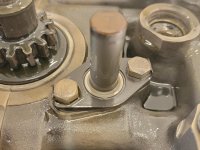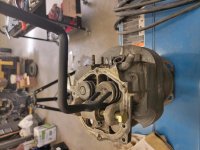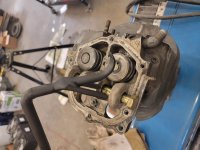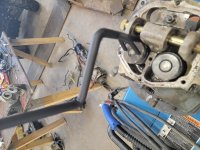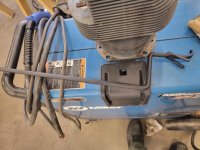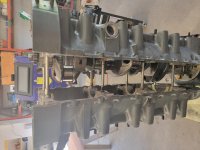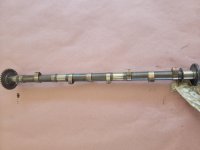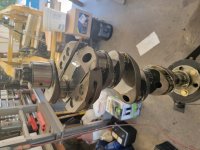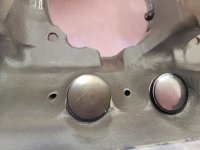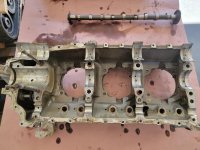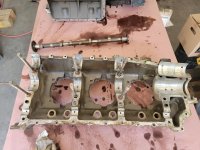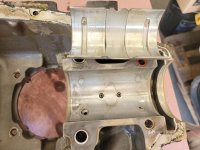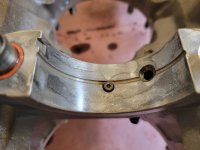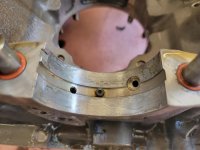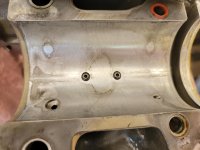I bought a IO-540-J4A5 narrow deck engine for my RV10 project. The engine was turbo charged (8.5:1 compression) in it former application but will run normally aspirated in the 10. The engine was a prop strike, (light strike if that's possible) so it must be torn down and inspected per the AD. The engine had 808hrs on it SMOH. This is the first aircraft engine I've worked on. I've built lots of automotive & diesel engines.
First impressions, these things are built like a tank, heavy like a diesel. Heavy rods, huge pistons, impressive! I see why they are capable of running at high H.P. demands for long periods. It appears I lucked up (mater of opinion) and got chromed cylinders. I like that the rings wear vs. the cylinders.
Everything will go out to be checked and inspected. I intend to go back with the standard, new rings, mains & rod bearings, and anything required by the AD. I will not be servicing any of the other rotating accessory as I will be using the EFI II system with an automotive alternator.
Questions that I've found different answers on. 1. Re-use the through bolts or replace? 2. Re-use the cylinder hold down nuts? 3. Go ahead and replace the pistons? (they're relatively cheap) 4. Chrome cylinders, how to prepare them for the new rings?
Please don't flame the new guy... I'm learning here and just looking for advice.
Thanks!
Mike
First impressions, these things are built like a tank, heavy like a diesel. Heavy rods, huge pistons, impressive! I see why they are capable of running at high H.P. demands for long periods. It appears I lucked up (mater of opinion) and got chromed cylinders. I like that the rings wear vs. the cylinders.
Everything will go out to be checked and inspected. I intend to go back with the standard, new rings, mains & rod bearings, and anything required by the AD. I will not be servicing any of the other rotating accessory as I will be using the EFI II system with an automotive alternator.
Questions that I've found different answers on. 1. Re-use the through bolts or replace? 2. Re-use the cylinder hold down nuts? 3. Go ahead and replace the pistons? (they're relatively cheap) 4. Chrome cylinders, how to prepare them for the new rings?
Please don't flame the new guy... I'm learning here and just looking for advice.
Thanks!
Mike



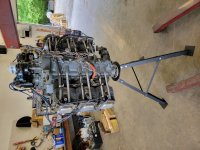
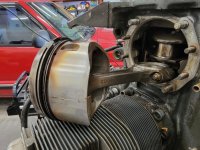
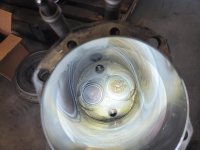
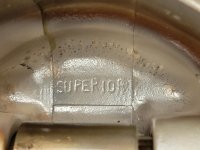
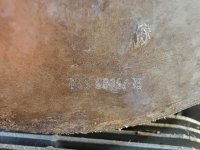
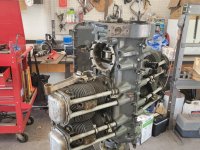
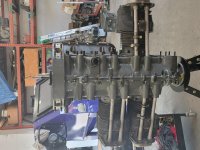
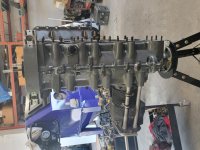
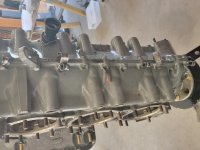
![20220521_150412[19587].jpg](/data/attachments/15/15674-ffb6cfb8f518e653acf031506704d672.jpg)
